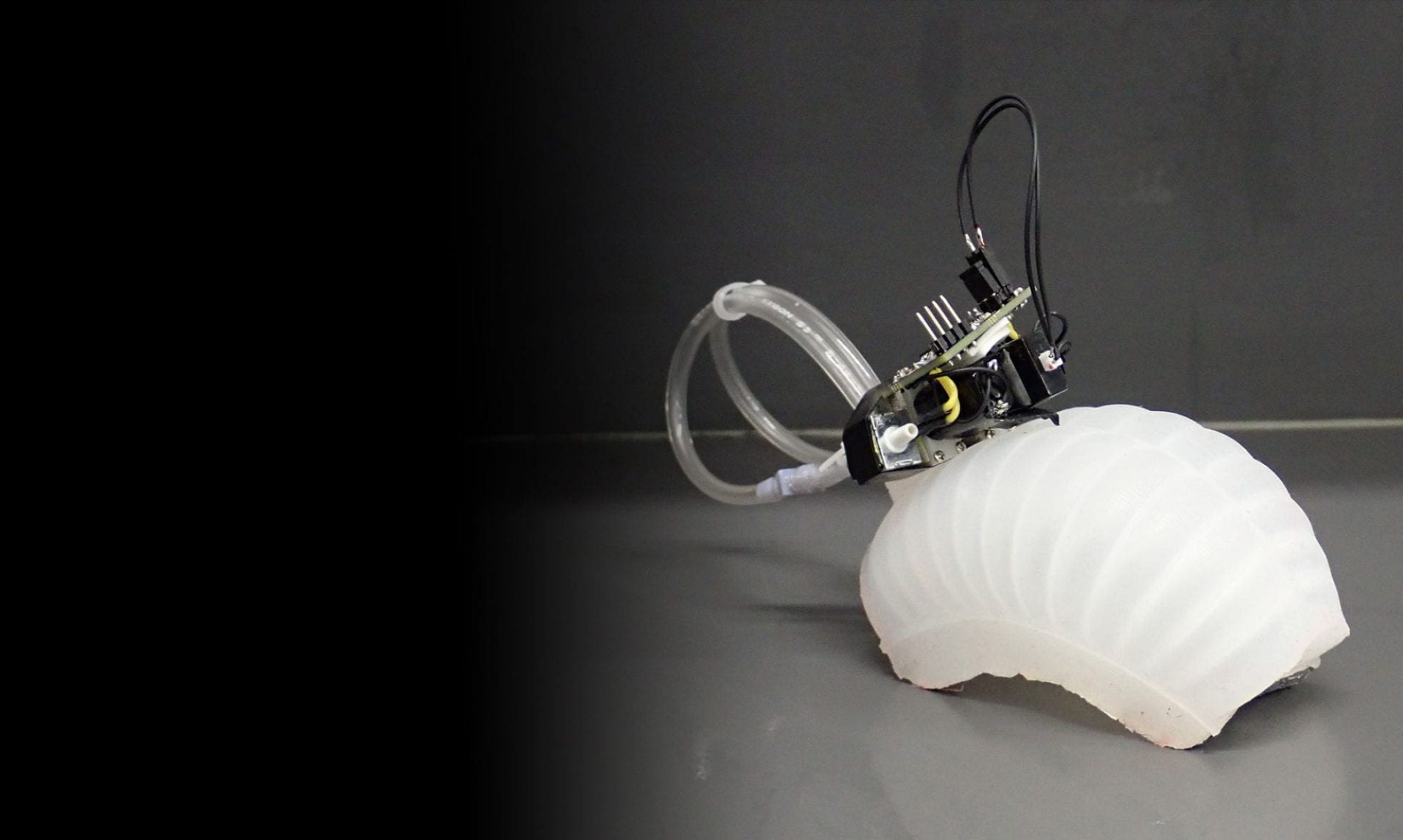Erik Komendera
3/8/17
Abstract: With the retirement of the Space Shuttle program, the option to lift heavy payloads to orbit has become severely constrained. Combined with the increasing success and decreasing costs of commercial small- to medium-lift launch vehicles, robotic in-space assembly is becoming attractive for mission concepts such as large space telescopes, assembly and repair facilities, solar electric propulsion tugs, and in situ resource utilization. Challenges in autonomous assembly include reasoning with uncertainties in the structure, agents, and environment, delegating a large variety of assembly tasks, and making error corrections and adjustments as needed. For space applications, the design and assembly of each part requires extensive planning, manufacturing, and checkout procedures. This hinders servicing, and prevents repurposing functional parts on derelict spacecraft. The advent of practical robotic in-space assembly will mitigate the need for deployment mechanisms and enable assembly using materials delivered by multiple launch vehicles. This reduction in complexity will lead to simplified common architectures, enabling interchangeable parts, and driving down costs
In recent years, Langley Research Center has developed assembly methods to address some of these challenges by distributing long reach manipulation tasks and precise positioning tasks between specialized agents, employing Simultaneous Localization and Mapping (SLAM) in the assembly workspace, using sequencing algorithms, and detecting and correcting errors. This talk will describe ongoing research, discuss the results of several recent robotic assembly experiments, and preview the upcoming assembly experiments to be performed under Langley’s “tipping point” partnership with Orbital/ATK.
Bio: Dr. Erik Komendera is a roboticist at NASA Langley Research Center in Hampton, VA. He earned his MS (’12) and PhD (’14) in Computer Science from the University of Colorado, and earned a BSE in Aerospace Engineering (’07) from the University of Michigan. Dr. Komendera’s current research focuses on autonomous assembly of structures in space, with a special focus on state estimation and machine learning techniques to identify and overcome errors in the assembly process. He currently serves as a task lead on the joint NASA/Orbital ATK Tipping Point project titled “Commercial Infrastructure for Robotic Assembly and Servicing” (CIRAS). In addition, he is Principal Investigator for a LaRC Center Innovation Fund / Internal Research and Development award to investigate machine learning methods for ensuring robust assembly and repair of solar array modules, and is a key member of the “Robotic Assembly of Modular Space Exploration Systems” research incubator effort.
